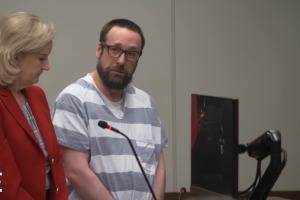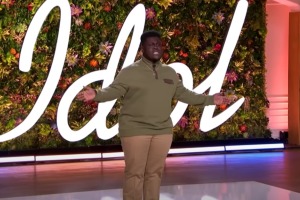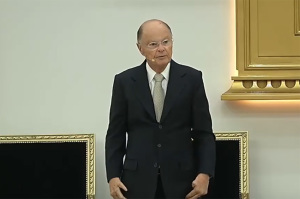Are Police More Likely to Shoot Unarmed Blacks?
Four Analyses Draw Differing Conclusions
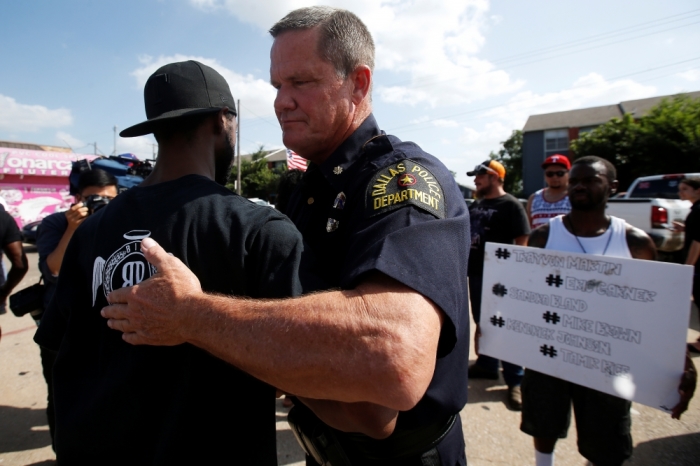
Over the past few years the United States of America has become embroiled in controversy over the issue of racially-charged police brutality.
A series of well publicized shootings of unarmed African-Americans by law enforcement, done with apparent legal impunity, have prompted protests across the nation.
Entities like the Black Lives Matter movement have argued that race-based police brutality is a pervasive problem throughout American law enforcement.
Others, including conservatives and assorted police unions, have argued that the killings of unarmed black men are often taken out of context or are isolated incidents.
Below are four analyses made by different researchers over the past year that have drawn varied conclusions when looking at the data.
I. 'A Significant Bias'
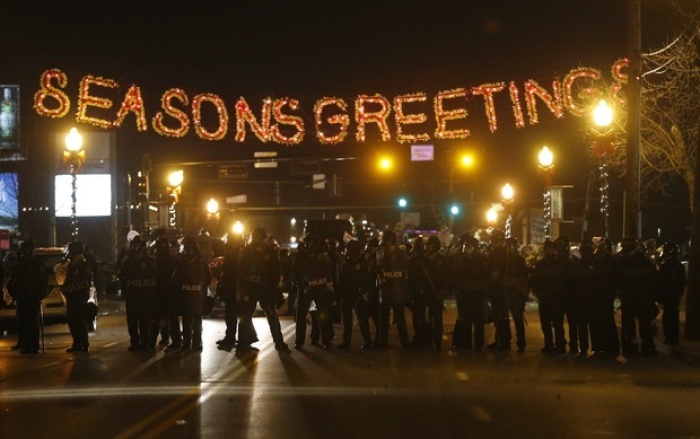
Cody T. Ross of the University of California, Davis' Department of Anthropology, concluded that there was "a significant bias" among police departments.
In a paper published last November by PLoS ONE, Ross analyzed possible racial bias in county-level police shootings from 2011 to 2014.
Ross used a Bayesian model to examine statistics from the U.S. Police-Shooting Database, arguing that the database lacked the bias of the usual police reporting methods.
"The results provide evidence of a significant bias in the killing of unarmed black Americans relative to unarmed white Americans, in that the probability of being {black, unarmed, and shot by police} is about 3.49 times the probability of being {white, unarmed, and shot by police} on average," wrote Ross in the abstract.
"Furthermore, the results of multi-level modeling show that there exists significant heterogeneity across counties in the extent of racial bias in police shootings, with some counties showing relative risk ratios of 20 to 1 or more."
Ross tied higher rates of racial bias in police shootings to major metropolitan areas with large, low income minority neighborhoods.
"There is no relationship between county-level racial bias in police shootings and crime rates (even race-specific crime rates), meaning that the racial bias observed in police shootings in this data set is not explainable as a response to local-level crime rates," added Ross.
II. 'A Hugely Disproportionate Number'

The Washington Post published a study in late December of 2015 that surveyed the nearly 1,000 instances that year when a policeman shot a civilian, armed or unarmed.
The study came in response to the Michael Brown shooting in Ferguson, Missouri, in August of 2015, which prompted large-scale riots in Missouri and elsewhere.
In their analysis, the Post found that despite the media coverage, incidents of police shooting an unarmed un-resistant individual were very rare.
"In a year-long study, The Washington Post found that the kind of incidents that have ignited protests in many U.S. communities — most often, white police officers killing unarmed black men — represent less than 4 percent of fatal police shootings," noted The Post.
"Meanwhile, The Post found that the great majority of people who died at the hands of the police fit at least one of three categories: they were wielding weapons, they were suicidal or mentally troubled, or they ran when officers told them to halt."
While noting that those particular incidents were rare, The Post's study also concluded that racial identity "remains the most volatile flash point in any accounting of police shootings."
"Although black men make up only 6 percent of the U.S. population, they account for 40 percent of the unarmed men shot to death by police this year, The Post's database shows," continued The Post.
"In the majority of cases in which police shot and killed a person who had attacked someone with a weapon or brandished a gun, the person who was shot was white. But a hugely disproportionate number — 3 in 5 — of those killed after exhibiting less threatening behavior were black or Hispanic."
III. 'Anti-Cop Ideology'
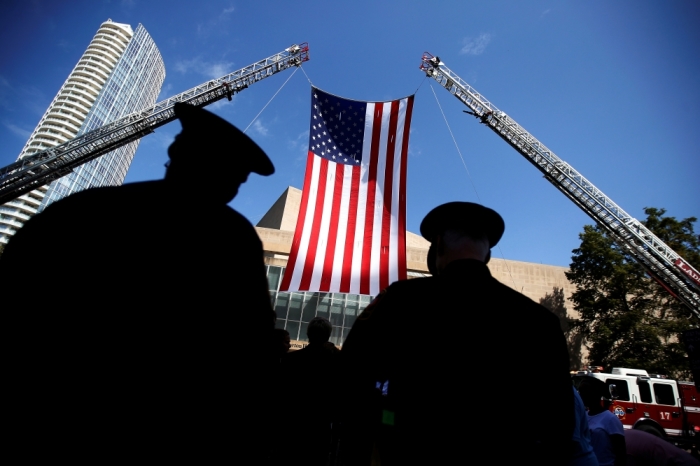
Heather Mac Donald, Thomas W. Smith Fellow at the Manhattan Institute and a contributing editor of City Journal, believes that the bigger problem was not police brutality but rather black-on-black crime.
Mac Donald drew upon various statistics to note that while police shootings of blacks are disproportionate to their population, they are not disproportionate to the crime rate.
"40 percent of all cop killers have been black males over the last decade, even though black males are only 6 percent of the nation's population," wrote Mac Donald.
"Black people make up 23 percent of New York City's population, but they commit 75 percent of all shootings, 70 percent of all robberies and 66 percent of all violent crime, according to victims and witnesses."
Mac Donald wrote that blaming police brutality for the high level of blacks lives lost was "anti-cop ideology," stating that the greater threat to the black community was from within.
"Blacks are killed at six times the rate of whites and Hispanics combined. Who is killing them? Not the police, and not white civilians, but other black people. The astronomical black death-by-homicide rate is a function of the black crime rate," argued Mac Donald.
"The percentage of black people among civilians killed by the police — 26 percent — is less than what the black crime rate would predict, since police shootings will occur most often in areas where cops are confronting violent, armed criminals and people resisting arrest."
IV. 'A Fraction of Which Have a Preference for Discrimination'

Earlier this month the National Bureau of Economic Research published a paper by Harvard University economist Roland G. Fryer, Jr.
Fryer drew upon four datasets: New York City's Stop, Question, and Frisk program, the Police-Public Contact Survey, event summaries from assorted cities and counties in the United States, and a random sample of police-civilian interactions from Houston, Texas' police department.
Fryer's conclusions noted in his abstract that the apparent presence of racial bias decreased as the level of force in the incident increased.
"On non-lethal uses of force, blacks and Hispanics are more than fifty percent more likely to experience some form of force in interactions with police," wrote Fryer.
"On the most extreme use of force – officer-involved shootings – we find no racial differences in either the raw data or when contextual factors are taken into account."
Fryer went on to reason that "the patterns in the data are consistent with a model in which police officers are utility maximizers, a fraction of which have a preference for discrimination, who incur relatively high expected costs of officer-involved shootings."



















